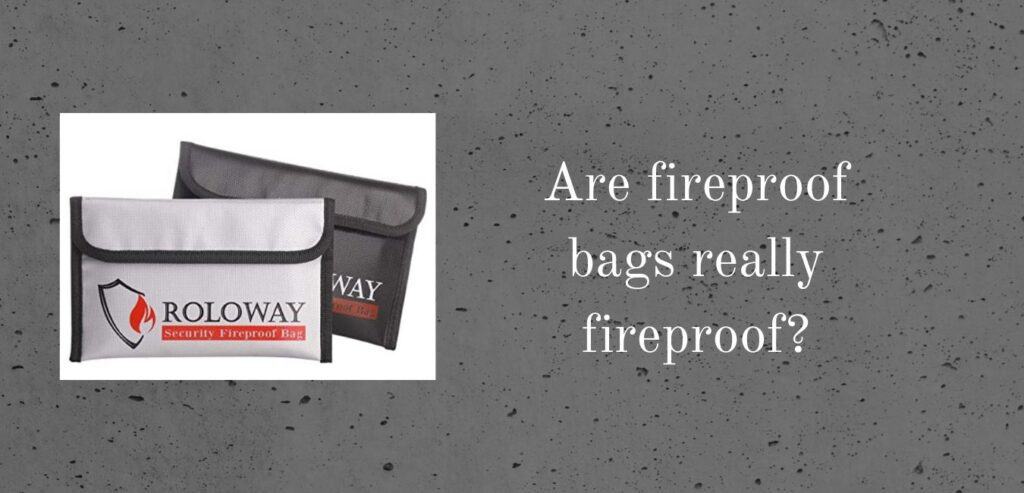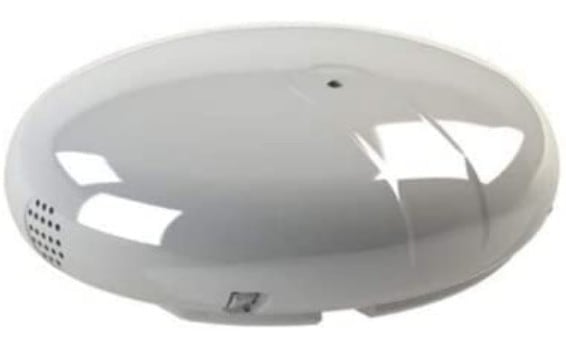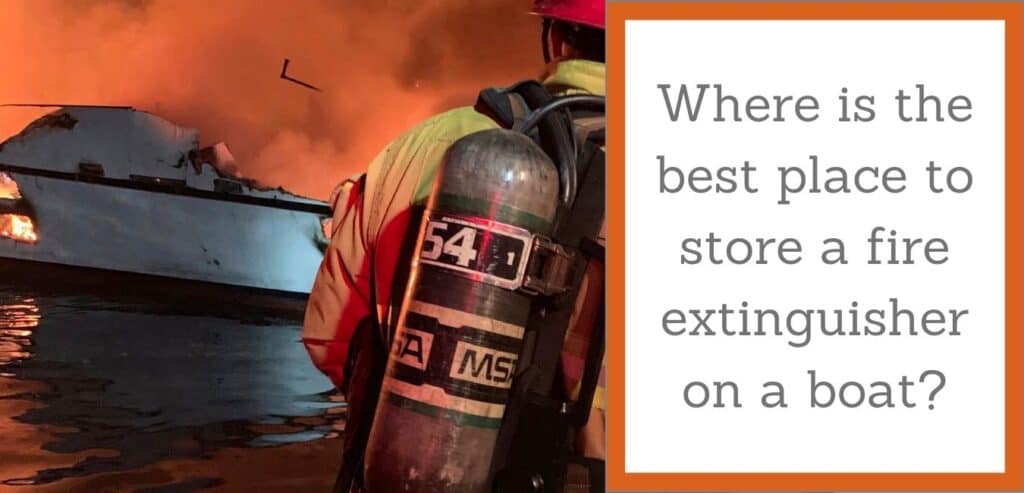I see a lot of questions from various humans wondering the best location to put a carbon monoxide detector.
Although some are just curious, there are those who need to confirm if the right thing was done for their domestic dwellings.
Apart from recommending to you that the best answer on this topic is in the manual that came with the device, I have also looked at what some of these manuals are saying.
And I have summarized it here below for you.
First let us start with the obvious.

You need a carbon monoxide alarm in rooms or spaces where your family spends most of their time. The lounge is one of the places that goes without saying.
The other common area that families tend to spend most of their time, is the bedroom.
Of course, humans spend on average a third of their time sleeping.
NFPA offers a suggestion for a CO detector to be outside the sleeping areas but in common areas and in each level of your house.
If you happen to have another room apart from the kitchen that has gas fire or wood fire (whether meant to keep the place warm or for aesthetic purposes), it should be qualifying for carbon monoxide monitoring.
Consideration for the Best Place to Put a Carbon Monoxide Detector
Having said that, let us now look at the exact best place to put a carbon monoxide detector.
Here is a list to guide you.
- At the top. CO gas is slightly lighter than air and tends to evenly mix with the air. Anywhere at head level is good enough. If you install it too near the ceiling, there could be a delay by the time the CO concentration levels trigger the alarm. By then you will be breathing the lethal gas!
- The distance from the potential source of carbon monoxide gas should not be more than 3 meters. Again you do not want to install it too near the source to avoid false triggers. Therefore, avoid a distance less than 1 meter from the combustion appliance.
- The place you determine to put your CO monitor must neither obstruct free flow of air to the device or be predisposed to drafts of air flow. Because of this, it will not be ideal to install your CO detector near fans, windows or doors.
- Choose a location that is not susceptible to extreme temperatures. This is because the sensor that monitors the gas levels is a transducer with some electronics to interpret what the sensors are detecting. And just like any other electronic device would be affected by extreme temperatures, so do carbon monoxide alarms. Avoid locations like unfinished attics and garages that may have below -4 degrees celsius or above 40 degrees celsius.
- Of course you do not want locations where you have to wonder now and then – who moved my cheese. If installed in easy to reach or along pathways, children or pets can start playing with your devices. And every time, you have to play the judge wondering how to punish your most loved serial offenders!
References: https://www.hse.gov.uk/research/rrpdf/rr847.pdf
What Do the Manufacturers Recommend?
An example is the popular First Alert Carbon Monoxide detector. They recommend that their device is installed at least 6 meters from any carbon burning appliance.
First alert also discourages installation that could be in direct sunlight, humid, dirty or dusty places.
“The installation height of your CO alarm doesn’t affect the alarm’s performance.”
On the other hand, Kidde recommends you install 20cm from the ceiling on the wall. If you find that the ceiling is your best place, then keep 20cm from the wall. The rationale here is to avoid the dead band at the corners of the ceilings and the walls that suffers from lack of air circulation.
Worse than missing your partner’s call for a date, would be undetected carbon monoxide! Although both may never give you the second chance, at least for the latter you may have yourself!
Unlike First Alert, Kidde goes for at least 1.5 meters from fuel burning equipment. Perhaps, an expression of the confidence they have on their CO alarms not to trigger nuisance alarms.
What Do the Regulators Recommend?
Regulators unfortunately do not recommend – they issue orders that must be complied with.
Our friends in the UK for example have the British Standard BS EN 50292:2013. You will find stipulations for fixed installations on a number of different spaces that cover those in their domestic dwellings and also those away from homes.
In the US, NFPA requires you to follow the instructions of your carbon monoxide detector manufacturer. Supposing you have bought your CO alarm from a recognizable label who also has issued installation guidelines.
How far should carbon monoxide detector be from furnace
The rule of the thumb is not too near to avoid constant triggers and not too far that you could miss or detect co gas too late. The leading manufacturers recommend about 3 meters.
Other Places Where a Carbon Monoxide Detector Positioning may not be Obvious
I have noticed that a lot of folks are more fluid nowadays than a decade ago. There are more people going camping and spending time away from their usual normal dwellings. It is not phenomenal to find families or groups spending a weekend on a friend’s boat or caravan, for example. Good life!
Maybe COVID reflections fueled the rise in silent homes over the weekends and holidays. It doesn’t matter your inspiration – I do it to run away from the extended family.
In the same breath, the risk of carbon monoxide poisoning also moves where people have shifted to.
Hence, it is important to talk about the best locations to put your carbon monoxide alarm in a motorhome, boat or tent or in a vacation stay place.
Obviously, when it comes to hotels and a lot of Airbnb, the rules apply but you will not be restricted to carry your own portable CO detector.
Taking Everything into Account
When all is said and done, the best place to put your carbon monoxide detector is logically where it can nose out the deadly CO gas and warn you before it becomes a point of no return for you.
Any factor that will affect your device performance to meet the above objective should be carefully considered.
Generally speaking, place your carbon monoxide alarm near enough the burning fuel appliance but guarding against false triggers. Being too near may cause nuisance alarms.
A location on the wall with natural air circulation at a sensible head height should work great.


































